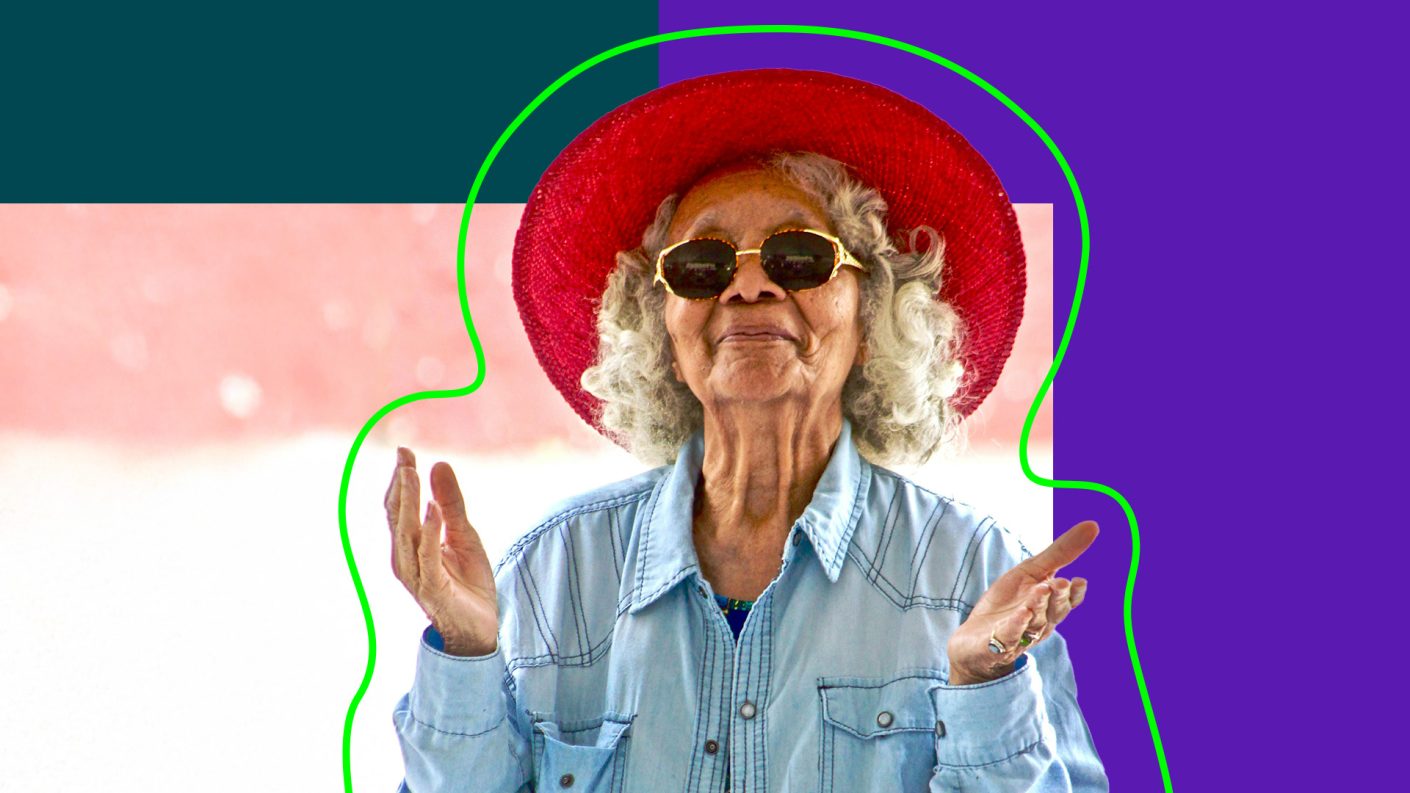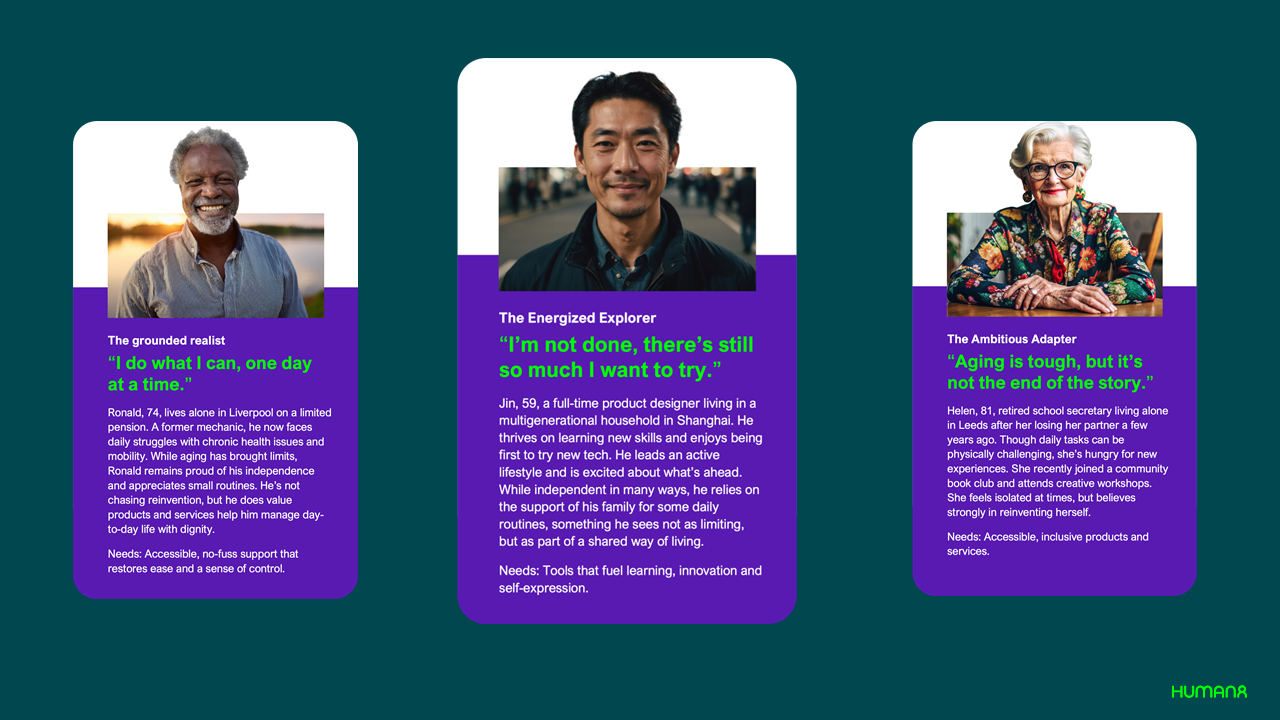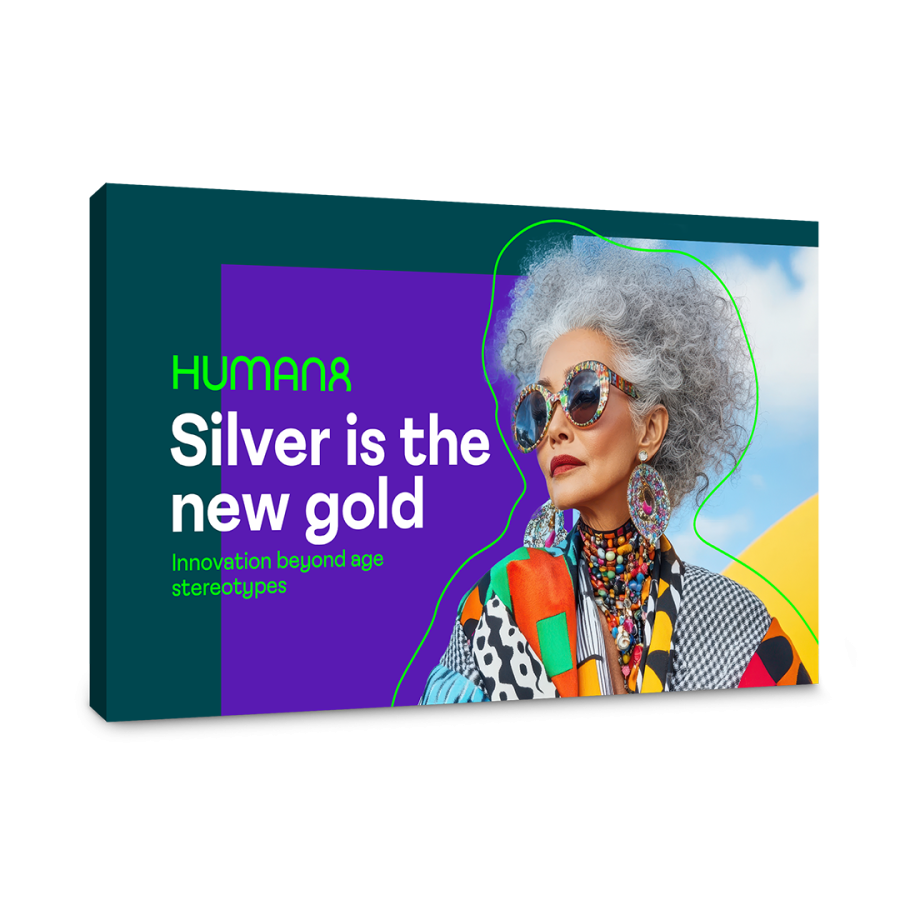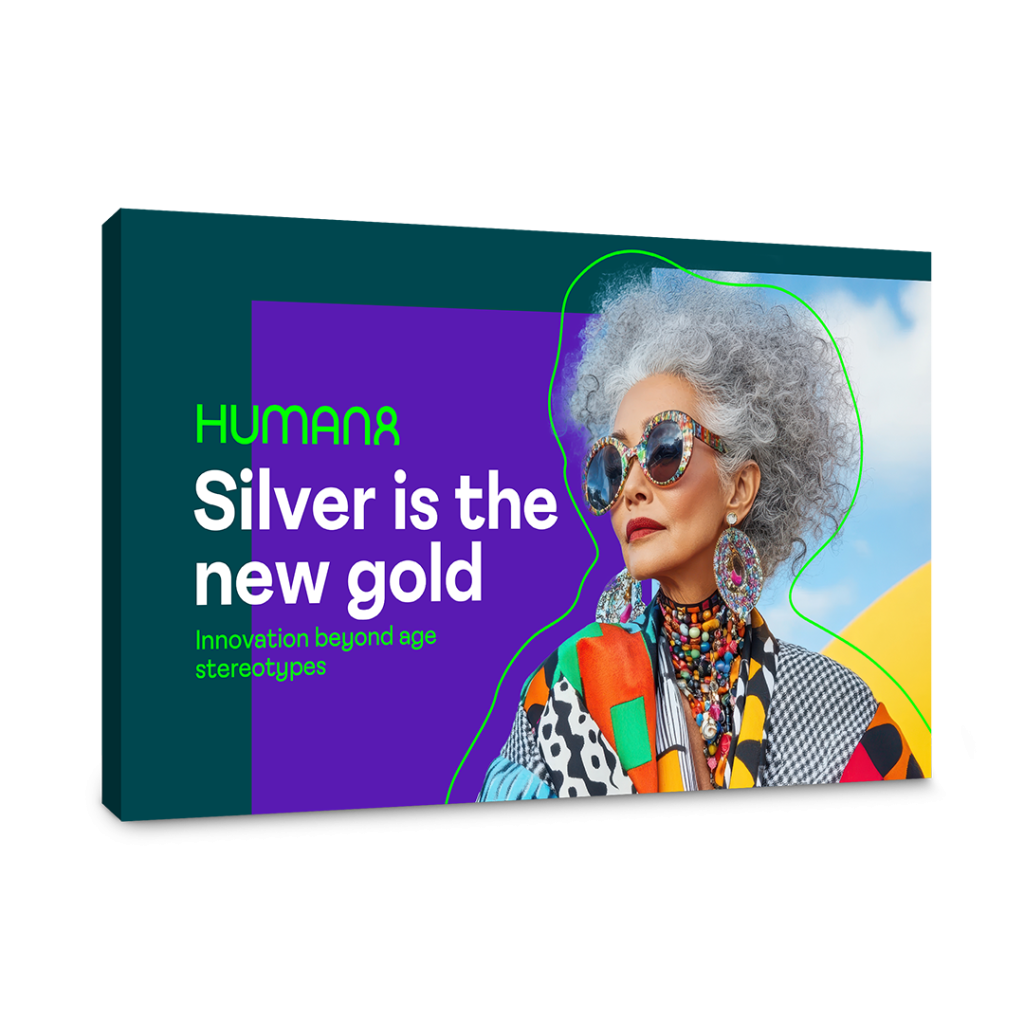Blog
Silver is the new gold: mindset over age
Exploring the growing importance and untapped opportunities the Silver generation of over 50’s across the globe presents.


Georgina Cundell-Jones
23 May 2025
4 min read
In recent years, practically every industry has been targeting Millennials and Gen Z, trying to ingratiate themselves with the (soon to be) largest generation in the workforce and secure their market share. A stereotypical Millennial was once an attractive proposition; free spending, loose with their data, valuing convenience over all else. And Gen Z already influencing their parents purchase decisions – from food, travel to even which car brand to purchase, from a young age. These traits, coupled with their tech-savvy online-everything lifestyles revolutionised the way products are marketed, putting social media and covert influencers at the heart of many sales campaigns. But here’s the thing: in the rush to court the next big generation, many brands are overlooking the one right in front of them.
Worldwide, people are not only living longer, but with the decline in birth rates, we are experiencing growth in both the size and the proportion of older adults in the population. On top of that, according to AARP Global Longevity Economy Outlook today 50% of global spending comes from adults aged 50 or older, and this is expected to grow to 60% by 2050. Yet, according to an article by Harvard Business review a mere 5-10% of marketing budgets are directed towards them.

Underserved, misunderstood and overlooked: meet the Silver generation!
This growing generational cohort is referred to as the ‘Silver generation’ – one of the fastest-growing and influential age groups today. And you might be wondering; is 50 really the threshold for being considered ‘Silver’? In marketing, 50 is often seen as the start of the ‘Silver’ chapter, because that’s when lifestyle shifts begin to show up: spending patterns change, priorities evolve, retirement enters the picture. But can we really compare someone who is 50 with someone who is 80?
Consider yourself, do you perfectly fit the mould of your generations stereotype? Take me, a Millennial, I’m more risk averse than many of my peers. I guard my data closely, I value financial advice and prioritise data security and financial independence over convenience. And it turns out I’m not alone in feeling misrepresented. In our research, with 900 people aged 50+, we found:
- 64% don’t see themselves in the typical description of their generation.
- 76% believe there are too many outdated stereotypes about ageing.
It’s a mindset, not a number
We set out to uncover what really drives this group – their motivations, values and what matters to them. We discovered five distinct personas that showcase their rich diversity. The biggest insight? Age has nothing to do with it.

Each story is different. But they all share one thing: they’re redefining what it means to age. For them, it’s about living life on their own terms.
What these personas show is that as brands, and even as people, we have to let go of stereotypes around ageing. By understanding these personas brands can tailor messaging to resonate with the Silver generation on a more personal level, design products, services and campaigns that meet real needs, align with daily habits and tell stories that reflect identity, not age.
From stereotypes to strategy
Some brands still build everything around age. Take, for example, an insurance company “designed specifically for over-50s” – its products and ads are targeted solely at that demographic. But as more people over 50 reject age-based assumptions and don’t see themselves reflected in that identity; this approach starts to fall apart. Age-specific campaigns and business models risk reinforcing outdated stereotypes, overlook the nuance of personal identity, create emotional disconnect and put a roadblock on innovation.
So, for brands, this represents both a challenge and a major opportunity. The challenge lays in respectfully engaging people whose needs, values and aspirations are evolving – and delivering products and services that genuinely align with their lifestyles.
And the opportunity? The rise of the Silver generation is more than just a demographic shift – it’s an invitation to reconnect with people in a meaningful way. The Silvers are active, curious and more than ever looking for brands to not just see them but understand them as individuals. This group isn’t winding down; they’re redefining what it means to age.
This shift can already be seen. Take the Agency for Integrated Care (AIC) and their campaign ‘Boomer is OK’. With this campaign they aim to break down age stereotypes and show the world there’s no limit to what ageing can look like. At its core are five inspiring ‘Silvers’ who challenge expectations not just with words, but with action. Together, they run a route that spells out the catchphrase ‘Boomer is OK’ – a comedic and empowering response to the usual dismissive ‘Ok Boomer’ quip. It’s more than a clapback. By weaving the idea of vitality and resilience into their campaign, AIC are successfully celebrating and showcasing how Silvers have the freedom to define ageing on their own terms.

Target mindsets not milestones
It’s time to move beyond our youth obsession and recognise the value of the Silver generation. Our research shows that 1 in 2 Silvers feel overlooked or undervalued. To truly connect with them, we must look past age brackets and see the individual.
In fact, 88% of Silvers say their mindset – not their age – defines who they are. By understanding their mindset, we get a better understanding of their needs. This increases the ability to make consumers feel valued and increase brand relevance in a hyper-competitive market.
*The numbers in this article are taken from our global research with 900 people aged 50+ across three markets: US, UK, CN.
Report
Get your copy!
Want to know more about this important consumer cohort and what this can mean for your brand? Download a FREE copy of our Silver is the new gold report.
Request your free access
